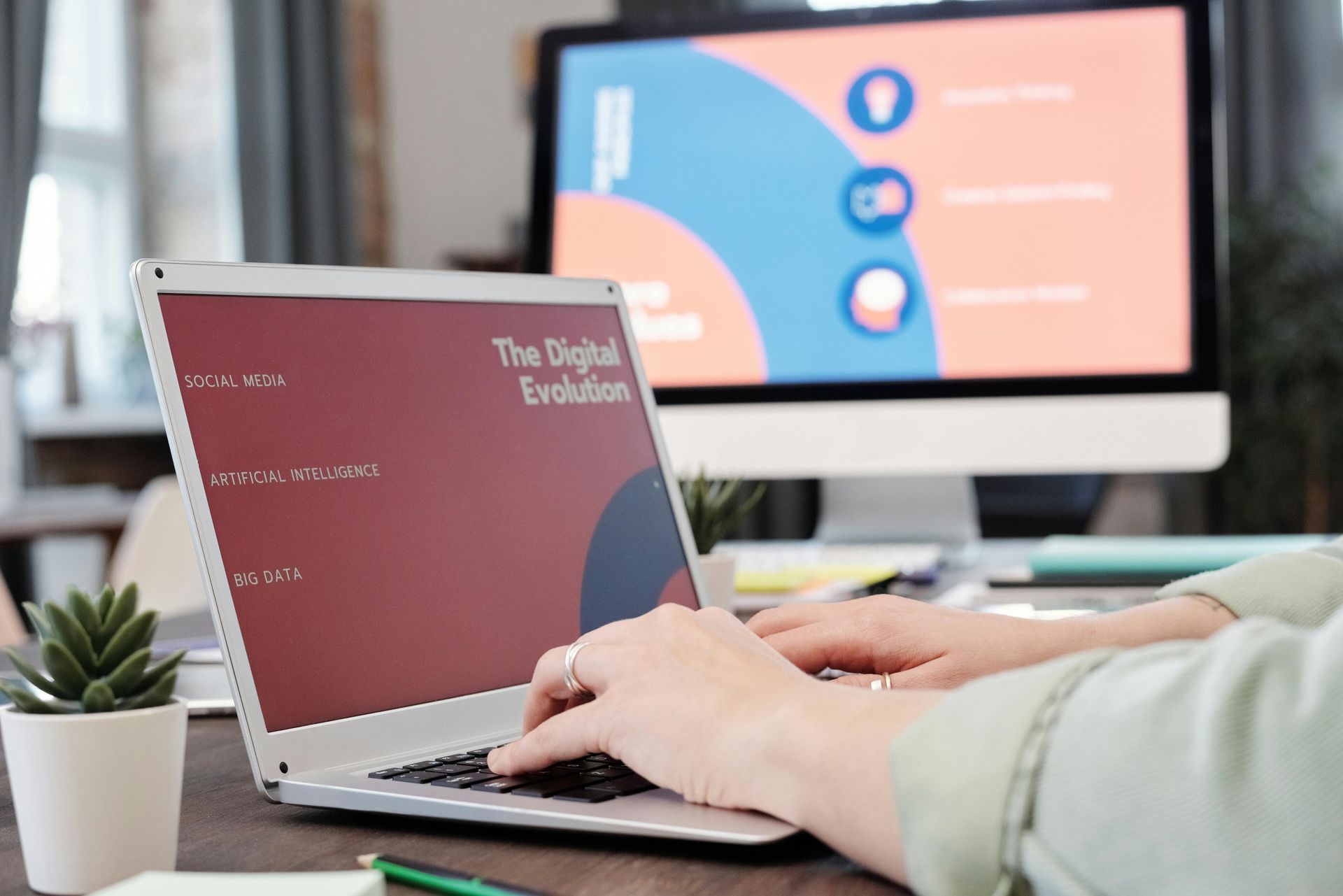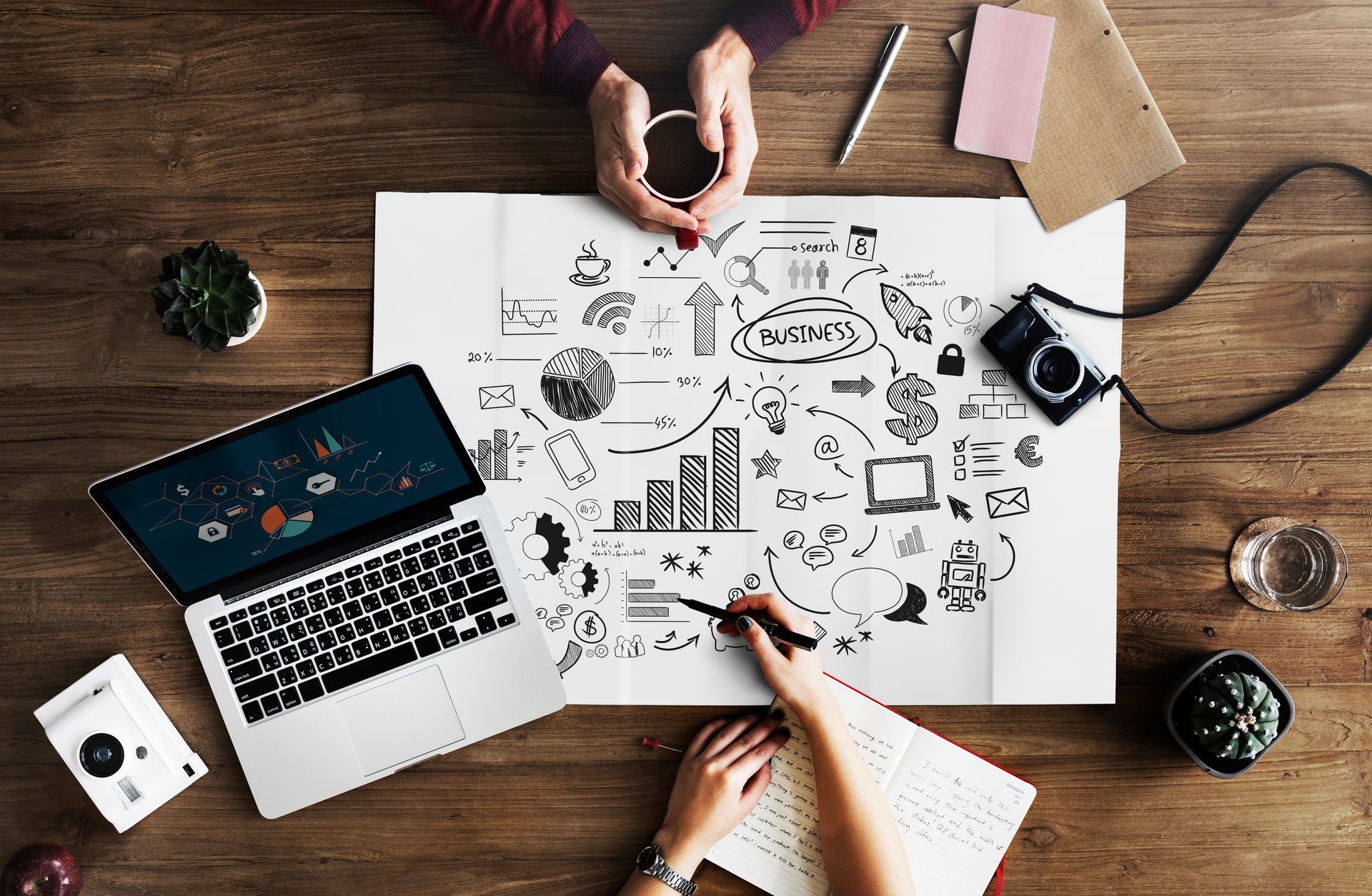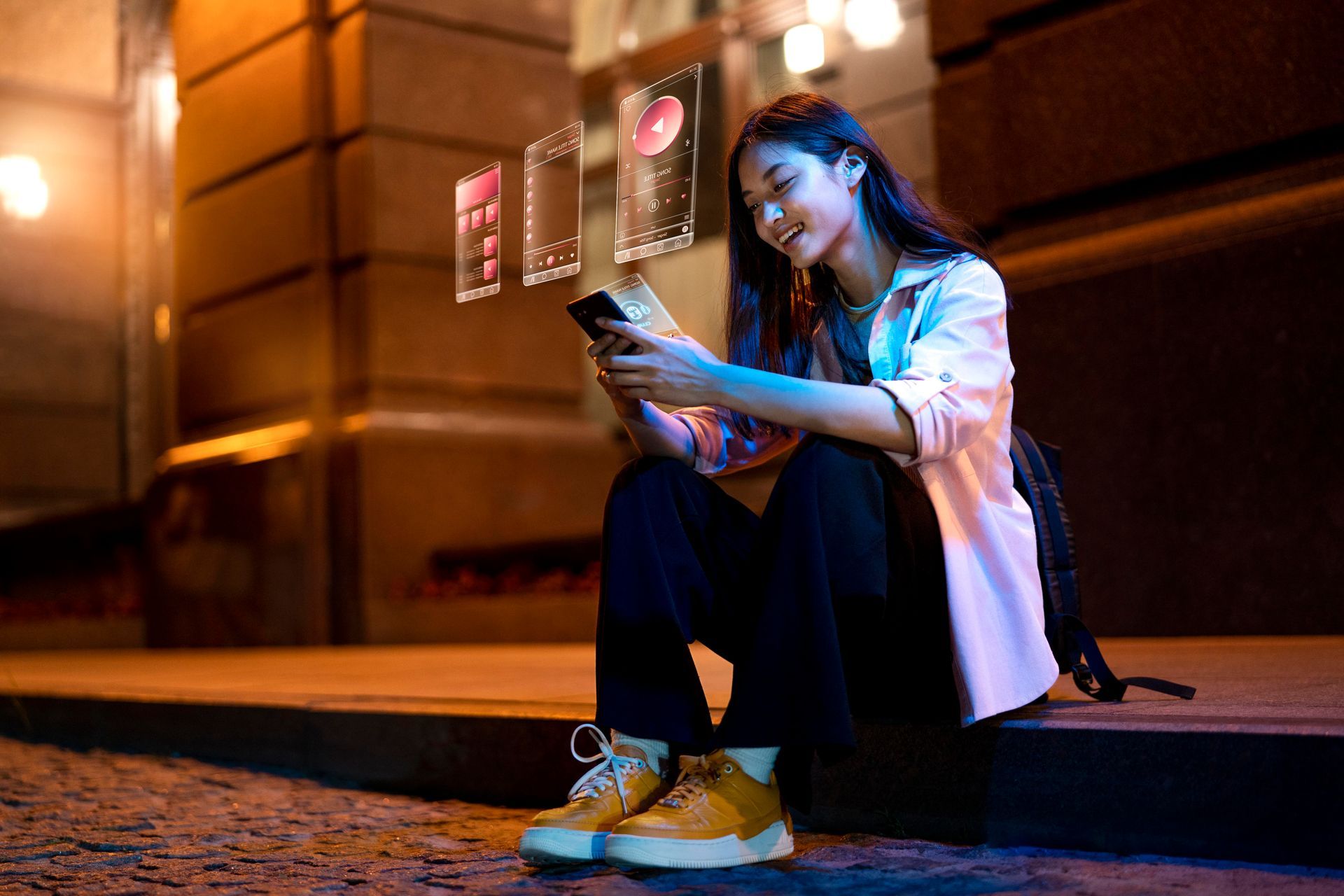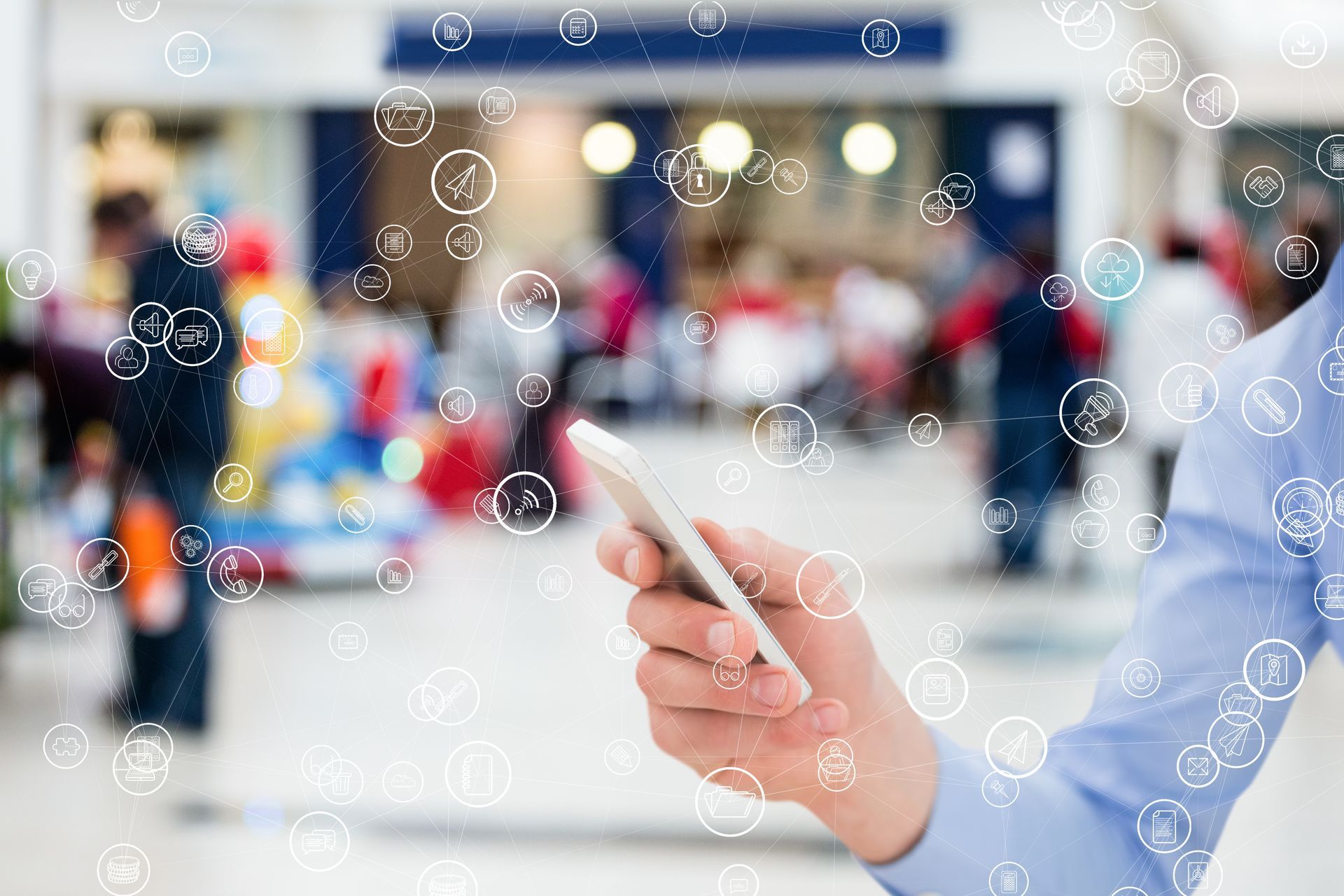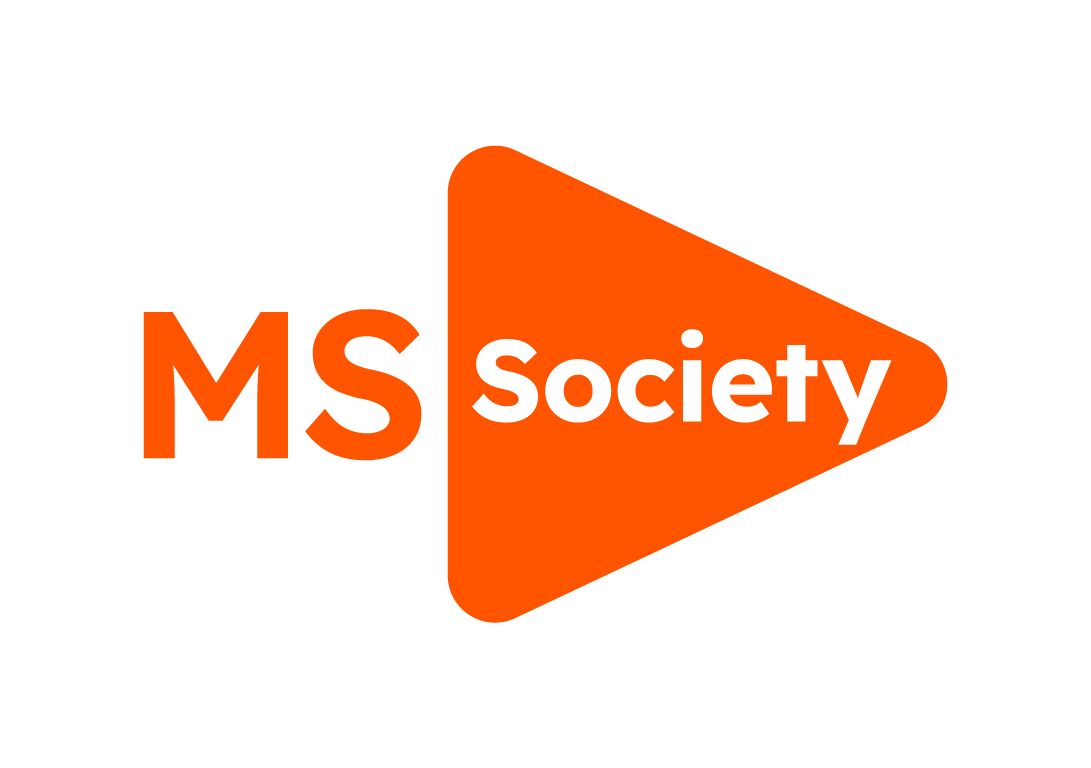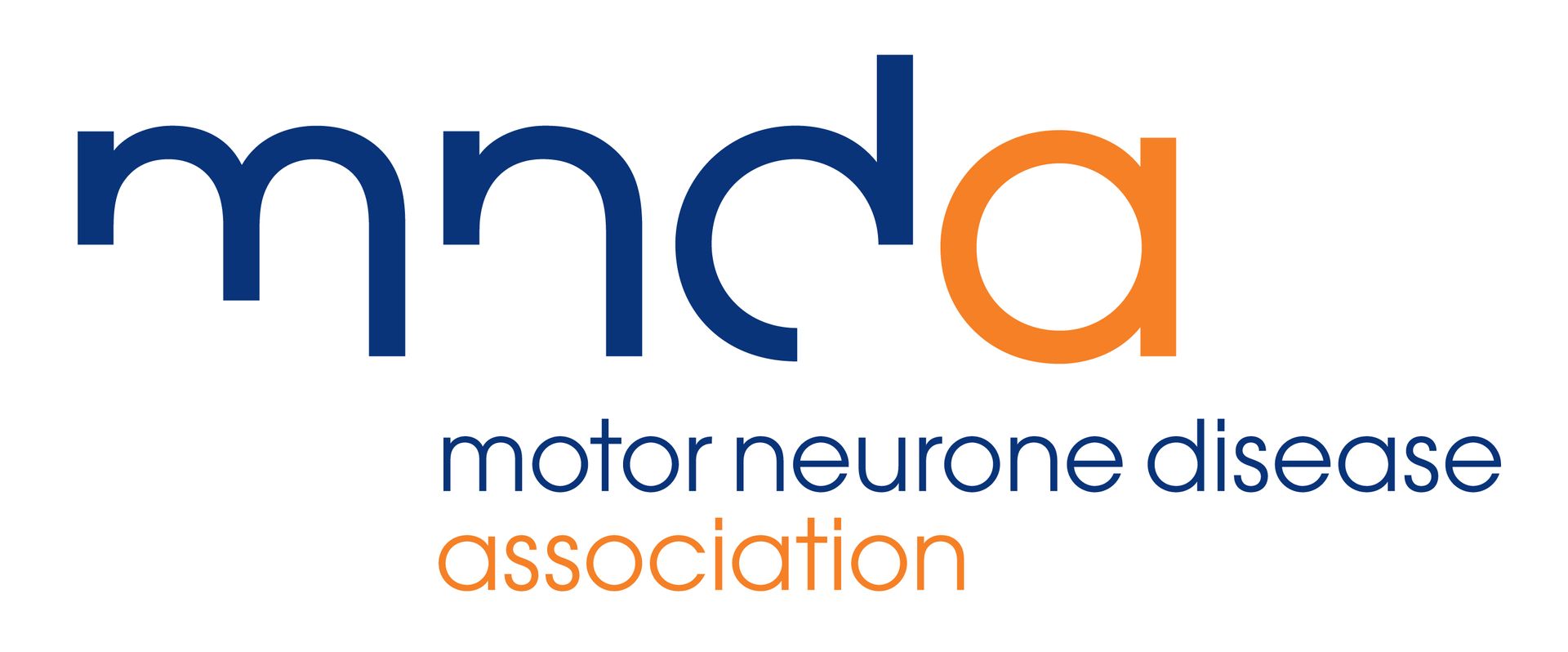Hybrid Events: Adaptation Accelerated
The global transformation occurred as a result of the 2020 pandemic. The realm of meetings and events has experienced notable evolutionary shifts. the adoption of digitization and technology has progressed significantly, equivalent to a leap of five years or more. This phenomenon is particularly evident in the meetings and events sector. Hybrid events present event planners with increased flexibility and serve as an additional tool to drive desired business outcomes. By embracing hybrid events, one can expand their target audience and consequently enhance the potential for generating greater revenue.
The landscape of events has undergone a permanent transformation, with an increasing number of event planners opting for hybrid formats and eagerly embracing the possibilities they offer. To grasp these changes, it is important to acknowledge that there are various interpretations of what constitutes a hybrid event. However, at its core, most hybrid events encompass the following key components:
- Two distinct audiences with unique agendas aimed at generating excitement and fostering engagement.
- Some level of shared experience between the two audiences, ensuring that each group can interact and participate in certain aspects of the event.
Advocating for hybrid events
In the aftermath of the pandemic, hybrid events are expected to persist as a prominent element of the "new normal." These events seamlessly blend the immersive engagement of in-person gatherings with the undeniable global reach enabled by virtual technology.
To gain insights into the process of transitioning towards hybrid events, it is essential to examine the evolving event landscape.
The evolving event landscape highlights key considerations when examining the event scenario:
- Attendees are dispersed across various locations, including both physical and virtual settings.
- Attendees have the option to interact with each other but are not obligated to do so.
- Content can be consumed simultaneously, but the experience should be tailored and optimized for each audience.
- Attendees may have distinct motivations and expectations for their respective event experiences.
Gaining insight into how hybrid events reshape the event landscape
In the realm of hosting, planning, and participating in events, a paradigm shift is necessary to adapt to the emergence of hybrid events. These events are transforming the event landscape through the following means:
- Offering an event format that empowers organizers to maximize the reach of their audience.
- Allowing organizations to capture greater engagement and valuable insights from a larger audience.
- Introducing new technology and audiovisual (AV) requirements for event professionals and venues alike.
- Providing a platform for continuous engagement, enabling ongoing interaction and involvement.
- Ensuring that, in the short to medium term, the in-person experience prioritizes safety and adheres to health guidelines.
It is crucial to recognize that your virtual audience differs from the attendees you previously served in-person. They may possess less familiarity with your products, occupy various seniority levels, or exhibit diverse interests.
Examining events that are well-suited for a hybrid approach
It is essential to recognize that opting for a hybrid format generally introduces additional complexity, costs, and resource requirements for an event. While virtually any event can be transformed into a hybrid event, organizations contemplating this approach must carefully evaluate the return on investment (ROI) based on the specific goals of the event.
Considering the aforementioned factors, larger events prove to be favourable candidates for hybrid implementation due to the potential to spread additional costs and resources across a significantly larger audience. Some event formats that lend themselves well to hybrid adaptation include:
- Trade shows
- Conferences
- Sales kick-offs
- Global town halls
Smaller events like seminars may also be suitable for hybrid approaches; however, it is important to carefully assess the incremental value of extending these events to a virtual audience and adjust the approach accordingly.
The transition of these meetings into hybrid events can be achieved by planning for two distinct audience experiences. It simply requires dedicated time and attention to develop them. In the subsequent section, we delve into six essential building blocks, or pillars, that can be utilized to facilitate this transition.
Identifying Crucial Components Utilizing the Six Pillars
The decision to embrace hybrid events introduces complexities to familiar planning and execution elements. With the inclusion of a new virtual audience, who possesses distinct needs, expectations, and motivations, a thoughtful approach is required when organizing a hybrid event. The following are the six essential elements of a hybrid strategy. These pillars serve as foundational building blocks for your comprehensive plan.
- Marketing: The initial pillar focuses on effectively targeting diverse audiences and delivering tailored experiences within a unified branded event. To gain insights on marketing hybrid events to two distinct audiences.
- Venue: The second pillar revolves around partnering with your venue to ensure safe onsite experiences and harnessing the unique attributes of venue environments to enhance the overall event experience.
- Content: The third pillar focuses on producing and delivering content that caters to both in-person and virtual audiences. Crafting adaptable content plays a significant role in optimizing the experience for each audience.
- Community: Community serves as the fourth pillar, emphasizing the importance of connecting diverse audiences and fostering shared experiences.
- Sponsors and exhibitors: The fifth pillar emphasize leveraging the scale of hybrid events to generate awareness and lead generation opportunities for sponsors and exhibitors.
- Insights: The sixth pillar highlights the significance of capturing and utilizing data from both in-person and virtual audiences to uncover valuable insights. Chapter 8 sheds light on "Using Analytics to Maximize Value and Prove Impact," providing insights on data collection and the development of new insights.
Defining Your Event Type, Format, and Suitability for a Hybrid Approach
When approaching a hybrid event, it is crucial to adopt a fresh perspective and consider your event from a new angle. You must take into account the presence of two distinct audiences and the desired experience you aim to cultivate for each of them. Some previously relied-upon tactics may no longer be effective, necessitating a re-evaluation of your event's core essence and subsequent reconstruction. Isolating each audience and disregarding the shared experience undermines the purpose of a hybrid event. Instead, it is essential to consider both audiences and their collective experience.
Examining your overarching objectives
While planning your hybrid event, it is imperative to establish your purpose and goals, as you would with any event. Clarifying your purpose lays a solid foundation for your hybrid strategy. Consider the following questions when defining your event's overall goals:
- What kind of virtual and in-person experiences are necessary to attract and engage both types of attendees?
- How will this event and the overall experience reflect your organization's brand?
- How should the overall tone, messaging, and theme influence the content created?
- How will the environments and delivery formats enhance value and drive engagement?
- Do you aim to generate immediate revenue?
- How will you provide value and ROI to sponsors?
- How will you facilitate lead generation?
- What strategies can sustain event momentum beyond its conclusion?
Catering to two distinct audiences presents an excellent opportunity to pursue a broader range of goals. It also benefits sponsors and other suppliers, who can take advantage of these enhanced opportunities.
Attaining Hybrid Event Objectives
To formulate a comprehensive plan, begin by examining the goals you have for each audience and subsequently assess the desired combined experience. Consider the following objectives:
- Lead Generation: With hybrid meetings, you have the opportunity to increase registrations and potentially generate more leads and customers compared to in-person-only events. Develop segmented lists to offer tailored experiences to specific audience segments.
- Revenue Generation: Drive new event revenue by boosting registrations and creating opportunities for additional sponsor and exhibitor revenue.
- Brand Awareness: Events serve as an excellent platform to embody and showcase your brand. Achieve this by creating an immersive experience that aligns audiences with appropriate theming, messaging, and content, while also considering the environment and delivery choices made.
- Networking: Networking for your virtual audience requires leveraging suitable technology and devising strategies to encourage participation in virtual happy hours, roundtables, appointments, and similar activities.
- Content Delivery: Cater to your virtual audience by focusing on shorter sessions, engaging content, and diverse formats to sustain their engagement. This adjustment may also prompt you to rethink session scheduling for in-person attendees.
By considering these objectives, you can effectively shape your hybrid event to achieve desired outcomes.
Examining the Benefits and Key Considerations of Hybrid Events
As you gain experience in hosting hybrid events, you will become increasingly adept at leveraging their inherent value for both audiences. The subsequent sections explore the inherent advantages offered by hybrid events as well as crucial pitfalls to avoid.
Advantages of Hybrid Events:
- Expanded Reach: Hybrid events enable you to extend your reach to a wider audience, encompassing both in-person and virtual attendees.
- Enhanced Engagement: By combining face-to-face interactions with virtual technology, hybrid events provide opportunities for deeper engagement and interaction.
- Increased Revenue Potential: The larger audience size and expanded reach can lead to greater revenue opportunities through increased registrations, sponsorships, and exhibitor participation.
- Flexibility and Convenience: Hybrid events offer attendees the flexibility to choose between attending in-person or virtually, accommodating individual preferences and circumstances.
Key Considerations for Hybrid Events:
- Technology Integration: Effective implementation of hybrid events requires careful consideration of technology requirements, ensuring seamless connectivity and engagement for both in-person and virtual attendees.
- Audience Segmentation: Tailoring experiences for each audience segment is crucial to deliver personalized content and engagement opportunities.
- Content Adaptation: Adapting content to suit the needs and preferences of both in-person and virtual audiences is essential for maximizing engagement and delivering value.
- Planning and Execution: Hosting a successful hybrid event necessitates meticulous planning and coordination to ensure smooth operations and a seamless experience for all attendees.
By understanding and harnessing the advantages of hybrid events while remaining mindful of the associated considerations, you can optimize the value and impact of your future events.
Exploring the Advantages of Hybrid Events
Hybrid events present a range of benefits that allow you to broaden your reach and leverage content for ongoing promotions. These advantages include:
- Global Audience Reach: By eliminating geographical barriers, hybrid events offer the opportunity to make your events accessible to a global audience, transcending time zones.
- Increased Return on Investment (ROI): Accommodating a larger virtual audience enables substantial audience expansion while reducing costs associated with in-person elements such as meals and staffing, leading to a higher ROI.
- Enhanced Sustainability: With virtual attendees, hybrid events contribute to a more sustainable approach by minimizing travel, reducing resource consumption, and generating less waste.
- Improved Accessibility: Hybrid events foster inclusion by eliminating various barriers to entry, allowing individuals who couldn't attend in person for various reasons to comfortably participate virtually.
- Greater Flexibility: Hybrid events offer flexible options for attendees, including customizable payment plans and varying time commitments, accommodating diverse preferences.
- Amplified Sponsorship Opportunities: The virtual component of hybrid events creates new avenues for sponsors and suppliers to promote their offerings, while also providing valuable data for understanding audience preferences.
- Extended Value Beyond the Event: Valuable digital content, such as videos, audios, and texts, generated during hybrid events can be repurposed and shared post-event, providing ongoing value to attendees and attracting new audiences.
By capitalizing on these benefits, hybrid events can drive greater audience engagement, broader reach, and long-term value for your organization.
Avoiding Pitfalls and Challenges in Hybrid Events
While hybrid events offer numerous advantages, it's crucial to steer clear of common pitfalls to ensure a successful and engaging experience for all attendees. Here are some key pitfalls to avoid:
- "Peanut butter spread": Resist the temptation to provide a one-size-fits-all experience to both in-person and virtual attendees. Instead, aim to deliver an enhanced and tailored experience that capitalizes on each attendee's unique context.
- Neglecting virtual attendees: Don't isolate virtual attendees by simply recording and replaying live events without considering their specific needs. Explore ways to make the virtual experience more engaging and interactive through technology and additional content offerings.
- Insufficient production planning: Take a holistic view of your hybrid event and carefully plan the different experiences for each audience. Find ways to seamlessly blend the in-person and virtual components, ensuring a cohesive and captivating event.
- Neglecting the business case: Make a strong business case for hosting a hybrid event by demonstrating the value and return on investment (ROI) of the additional expenses involved. Show how each element contributes to creating a better overall experience for attendees.
- Underutilizing sponsor opportunities: Leverage the expanded reach and scale of hybrid events to provide new opportunities for sponsors and suppliers. Collaborate with them to develop tailored content and promotional strategies that maximize their impact.
Additionally, consider the internal resources and expertise required to deliver hybrid events effectively. Recognize that the production process may be more time-consuming, involving requests for proposals (RFPs) and creative development. It may be necessary to outsource certain aspects, adding complexity to the event planning process.
By avoiding these pitfalls and thoroughly addressing the challenges, you can ensure that your hybrid event delivers a seamless, engaging, and valuable experience for all participants.


